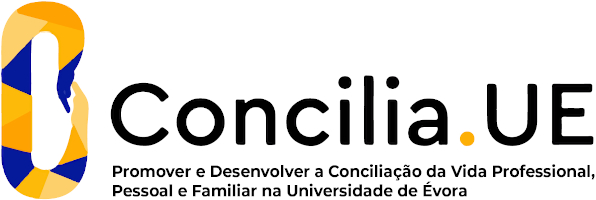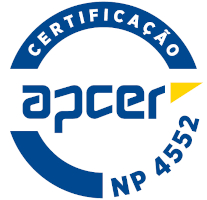2024
Statistics
Name: Statistics
Code: MAT11462L
6 ECTS
Duration: 15 weeks/156 hours
Scientific Area:
Mathematics
Teaching languages: Portuguese
Languages of tutoring support: Portuguese
Regime de Frequência: Presencial
Presentation
We intend that the course provides the main concepts of statistics and inference and develops in students the ability to analyze and interpret statistical data using statistical software.
Sustainable Development Goals
Learning Goals
A successful learner from this course should have a basic knowledge about Statistic and Probability. They must be able to read/understand the literature related to the use of statistics in their area, and correctly apply the appropriate techniques and interpret results.
- Acquire basic knowledge about data analysis, probability and basic concepts of discrete random variables and random vectors.
- Model data by selecting the correct models.
- To acquire basic and solid knowledge about statistical inference.
- Select the correct approach: parametric or nonparametric.
- Identify relationships and associations between random variables: construction of simple linear regression models.
Use correctly statistical software.
- Acquire basic knowledge about data analysis, probability and basic concepts of discrete random variables and random vectors.
- Model data by selecting the correct models.
- To acquire basic and solid knowledge about statistical inference.
- Select the correct approach: parametric or nonparametric.
- Identify relationships and associations between random variables: construction of simple linear regression models.
Use correctly statistical software.
Contents
1. Descriptive Statistics
2. Basic Probability Notions
3. Conditional Probability and Independence
4. Discrete and Continuous Random Variables
5. The Most Important Families of Discrete and Continuous Probabilities Distributions
6. Point and Interval Estimation
7. Hypothesis testing
8. Analysis of Variance (one-way)
9. Non-parametric Tests
10. Simple Linear Regression
Use of statistical software.
2. Basic Probability Notions
3. Conditional Probability and Independence
4. Discrete and Continuous Random Variables
5. The Most Important Families of Discrete and Continuous Probabilities Distributions
6. Point and Interval Estimation
7. Hypothesis testing
8. Analysis of Variance (one-way)
9. Non-parametric Tests
10. Simple Linear Regression
Use of statistical software.
Teaching Methods
Theoretical and practical lessons. When appropriate, use of slides. Introduction of theoretical concepts using examples covering various areas of application.
Students' motivation for going to lessons as well as continued monitoring of the subject taught. The evaluation is expected through ongoing implementation of two frequencies or evaluation by exams. Reinforce the need to attend classes and to continuously study the items taught.
Students can opt for continuous assessment, which includes 2 frequencies (minimum grade in each of the frequencies is 7), or for assessment by exam.
It also provides for the possibility of carrying out a Practical Work (optional), in groups (maximum 2 elements), preferably in the free program RStudio, but they can also be done in SPSS. The result of this work will contribute to the final grade, at most, with 2 more values, if they have a final grade (in the frequencies or in the exams) of at least 8 values. The works have to be discussed.
Students' motivation for going to lessons as well as continued monitoring of the subject taught. The evaluation is expected through ongoing implementation of two frequencies or evaluation by exams. Reinforce the need to attend classes and to continuously study the items taught.
Students can opt for continuous assessment, which includes 2 frequencies (minimum grade in each of the frequencies is 7), or for assessment by exam.
It also provides for the possibility of carrying out a Practical Work (optional), in groups (maximum 2 elements), preferably in the free program RStudio, but they can also be done in SPSS. The result of this work will contribute to the final grade, at most, with 2 more values, if they have a final grade (in the frequencies or in the exams) of at least 8 values. The works have to be discussed.





















